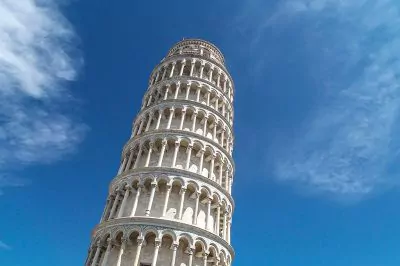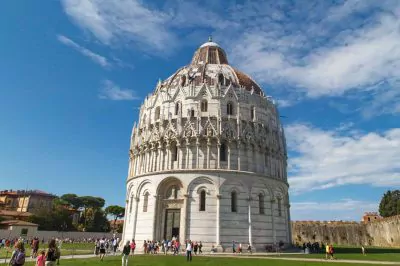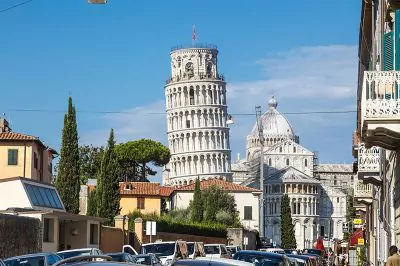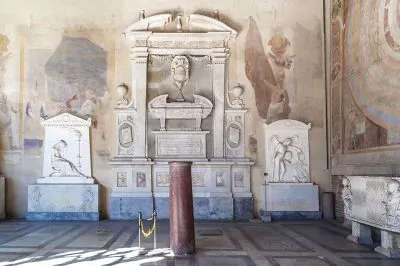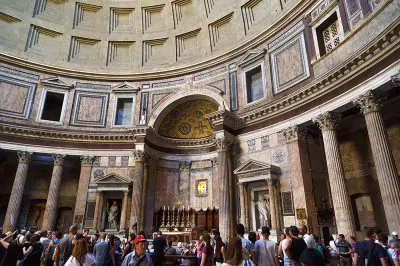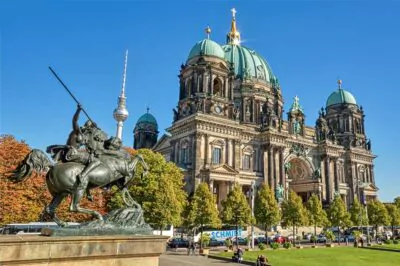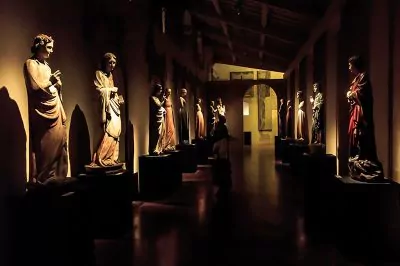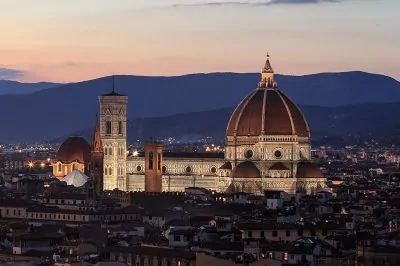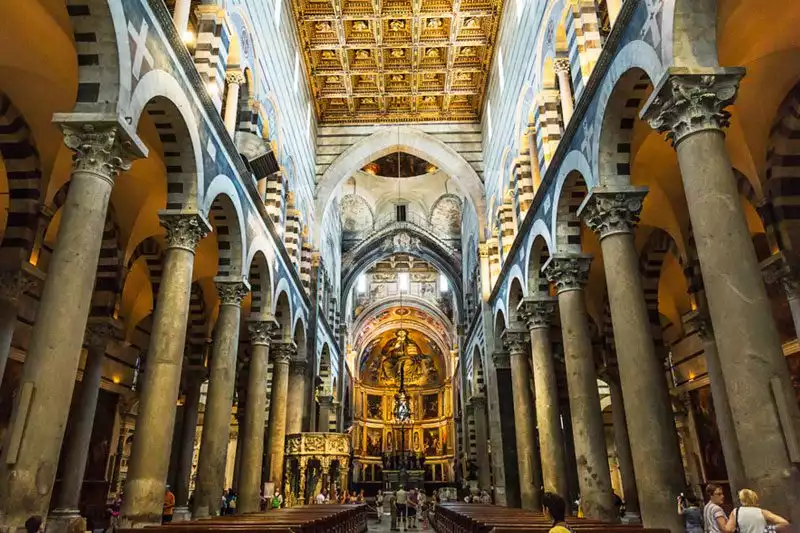
Pisa Cathedral: Pisa’s Main Building
We are in the heart of the square, Piazza del Duomo, the original name of the Piazza di Pisa. The Cathedral of Pisa is older than any other large building you see around it. The Tower of Pisa with its bell tower, the Baptistery of Pisa and the Camposanto Tomb Monument were built after and in connection with this building.
The interior of the cathedral, built by Busketo in 1064, is also very rich. Especially the mosaics give the cathedral a lively look and dramatic stone scenes support it.
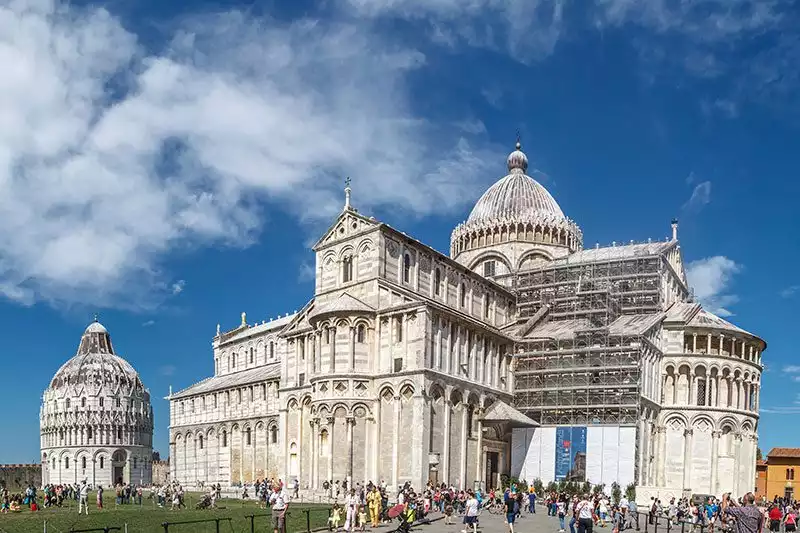
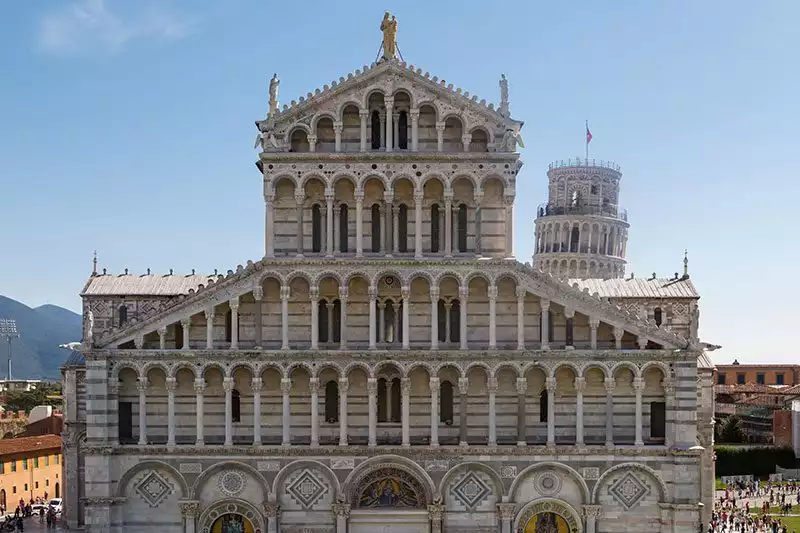
The Galilei chandelier in the center of the cathedral attracts attention. Galileo Galilei, a physicist and mathematician born in Pisa, was the one who found that a chandelier always swings at the same speed no matter how far it swings. The chandelier in Pisa Cathedral is the chandelier from which he got his idea by watching the hanging lamp oscillate.

Among the features of Pisa Cathedral, one element of the building that should not be overlooked is the bronze doors. Built in 1180 by Pisano, the original doors were destroyed by a fire in the 14th century and new ones were made in the workshops of the sculptor Giambologna. The reliefs of the gates telling various stories are wonderful.
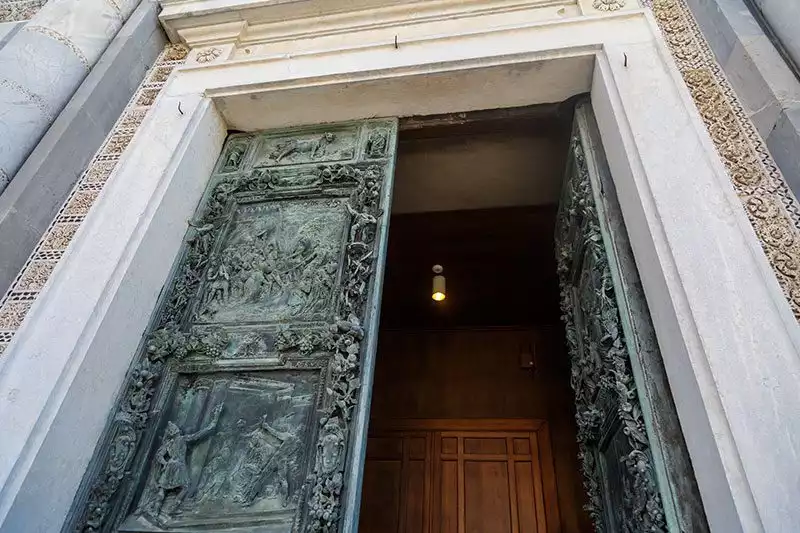
Most of the sculptures and treasures from the cathedral are now on display in the Operal del Duomo Museum, right next to the Leaning Tower of Pisa. Some of them are also exhibited in Camposanto next to the baptistery.
Sinopie Museum
It is a museum similar to Camposanto, but not as big. However, it is included in your ticket so you can visit it too. 70% of the museum is made up of temporary exhibitions and the rest of the frescoes are under conservation.
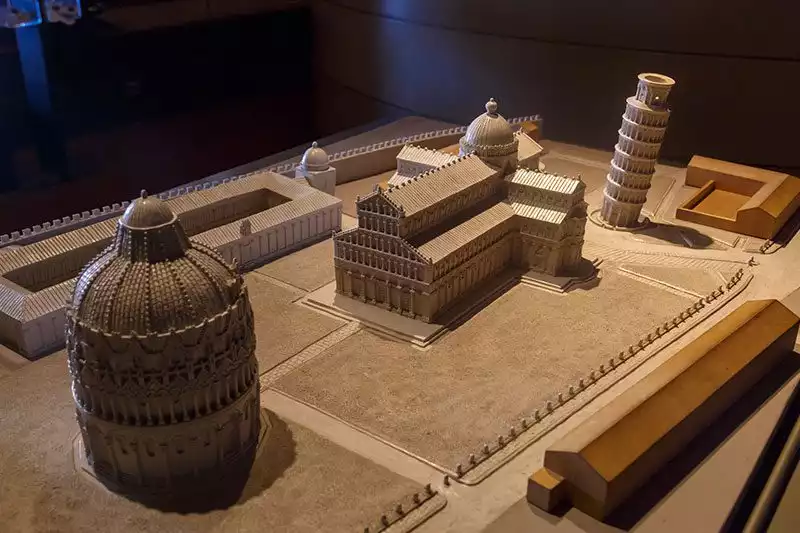
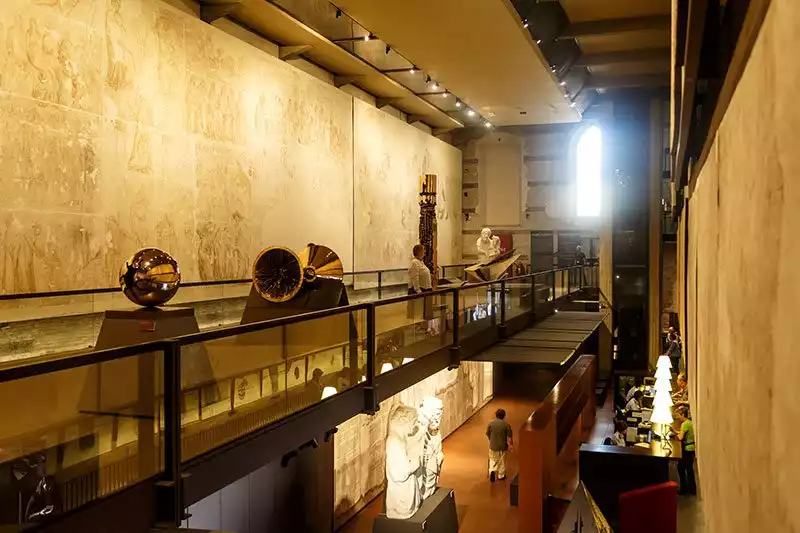
When you enter, there is a projection show showing the Leaning Tower of Pisa, its formation and the dangers it has undergone. A few steps away, next to the model of Piazza del Duomo, there is an area where you can put on glasses and watch a short video in 3D. By watching this video you will get an overview of Pisa.
